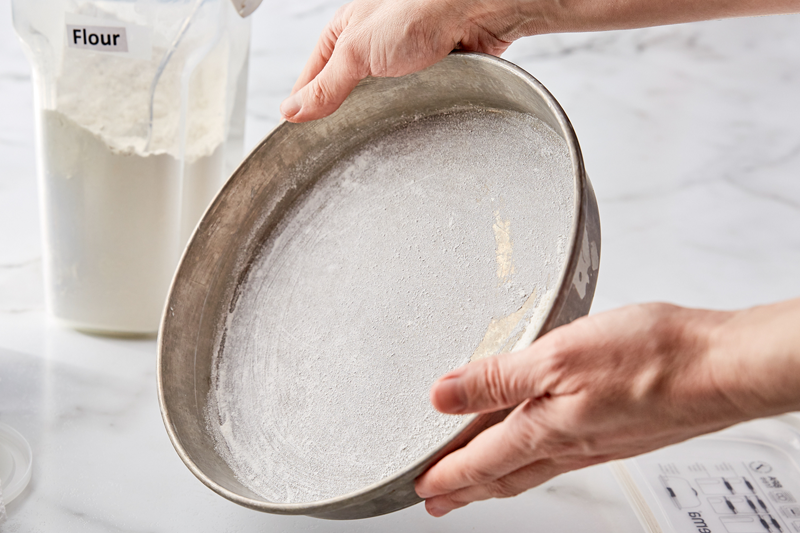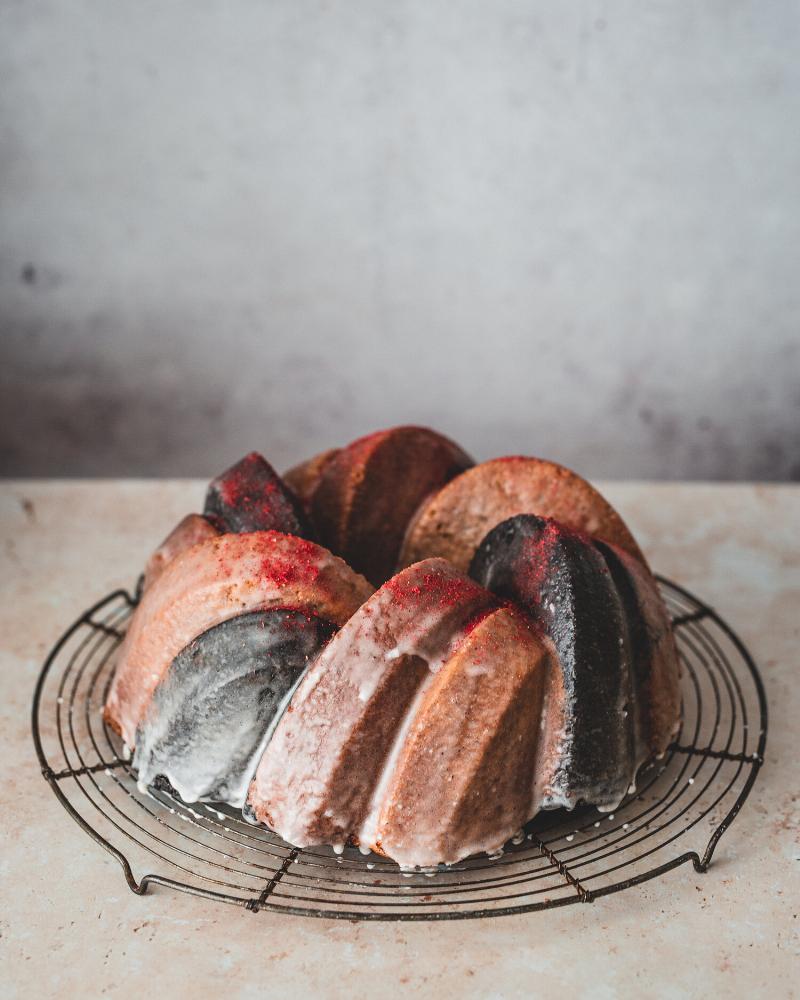A perfectly smooth cake, frosted to perfection, is the dream of every baker. But what if your cake dreams are shattered by unsightly cracks? Don’t despair! Achieving a crack-free cake is entirely possible with the right techniques. This guide will delve into the common causes of cake cracks and equip you with the knowledge and skills to bake flawless cakes every time.
Table Of Contents
Understanding the Causes of Cake Cracks
Several factors can contribute to cracks forming on the surface of your cakes. One of the most common culprits is high oven temperature. A high temperature causes the outside of the cake to bake and set too quickly, while the inside remains uncooked. As the inside bakes and rises, it pushes against the already-set crust, resulting in cracks. Over-mixing your batter can also lead to cracks. Over-mixing incorporates too much air, creating a weak structure that’s prone to collapsing and cracking. Similarly, too much leavening agent can cause excessive rising and subsequent cracking. Finally, improper pan preparation can also contribute to the problem. If the cake sticks to the sides of the pan, it can crack as it tries to rise.
Baking Tips for Crack-Free Cakes
Now that we understand the causes, let’s explore the solutions! Achieving a crack-free cake involves a combination of proper baking techniques and attention to detail. Let’s dive in:
-
Oven Temperature Control: Accurate oven temperature is crucial. Invest in an oven thermometer to ensure your oven is calibrated correctly. Baking at the correct temperature, as specified in your recipe, allows the cake to bake evenly, preventing a rapid rise and subsequent cracking.
-
Proper Mixing Technique: Mix your batter until just combined. Over-mixing develops the gluten in the flour, creating a tough and dense cake prone to cracking. Mix gently, ensuring all ingredients are incorporated, but avoid excessive stirring.
-
Correct Leavening Agents: Use the correct amount of baking powder or baking soda as indicated in the recipe. Too much leavening agent can cause the cake to rise too quickly and crack.
-
Pan Preparation: Grease and flour your cake pan thoroughly. This prevents the cake from sticking to the sides and cracking as it rises. You can also consider lining the bottom of the pan with parchment paper for extra insurance.
 Greasing and Flouring a Cake Pan
Greasing and Flouring a Cake Pan
Troubleshooting Cracked Cakes
Sometimes, despite our best efforts, cracks still appear. Don’t worry, there are ways to salvage a cracked cake. If the cracks are minor, you can easily camouflage them with frosting. For more significant cracks, you can level the cake by slicing off the cracked top. While this might sacrifice some height, it creates a smooth surface for frosting. Another clever solution is to incorporate the cracks into your design. Embrace the rustic look or get creative with decorations to turn the cracks into a feature rather than a flaw.
-
Frosting as Camouflage: A generous layer of frosting can effectively hide minor cracks. Get creative with piping techniques to add visual interest and distract from any imperfections.
-
Leveling the Cake: For deeper cracks, carefully slice off the top of the cake with a serrated knife to create a level surface. You can then proceed with frosting.
-
Embrace the Rustic Look: Sometimes, imperfections add character. Embrace the cracks and create a rustic-style cake by adding fresh fruit, nuts, or a dusting of powdered sugar.
 Frosting a Cracked Cake
Frosting a Cracked Cake
Expert Advice for Crack-Free Cakes
“Even experienced bakers encounter cracked cakes from time to time,” says renowned pastry chef, Amelia Dubois. “The key is to understand the underlying causes and adjust your technique accordingly. Mastering temperature control and proper mixing are essential for consistent results.”
Baking a Perfect Cake: Additional Tips
Achieving cake perfection goes beyond preventing cracks. Here are some additional tips to elevate your baking game:
-
Room Temperature Ingredients: Bring your eggs and butter to room temperature before mixing. This ensures even blending and a smoother batter.
-
Don’t Overbake: Overbaking can dry out the cake and contribute to cracking. Use a toothpick to test for doneness – it should come out clean when inserted into the center.
-
Cooling the Cake: Allow the cake to cool in the pan for a few minutes before inverting it onto a wire rack. This prevents the cake from sticking and breaking apart. Similar to how a sunken cake can be frustrating, How to make cake without sinking provides valuable insights into achieving a perfectly risen cake.
 Cooling Cake on Wire Rack
Cooling Cake on Wire Rack
Conclusion
Baking a crack-free cake is achievable with the right techniques and understanding of the potential pitfalls. By controlling oven temperature, using proper mixing techniques, and paying attention to leavening agents and pan preparation, you can consistently create beautifully smooth and flawless cakes. And remember, even if cracks do appear, there are ways to salvage your creation. So, go ahead, embrace the joy of baking and create cakes that are both delicious and visually stunning. Now that you know how to avoid cracks, you might be interested in exploring other cake decorating techniques. For those curious about frosting a bundt cake, our guide on how to frost a bundt cake offers detailed instructions. If flourless baking intrigues you, Cake recipe no flour presents delicious alternatives.
FAQ
-
What causes cakes to crack on top? High oven temperature, over-mixing, too much leavening agent, or improper pan preparation can cause cakes to crack.
-
How do I prevent my cake from cracking? Control oven temperature, mix the batter properly, use the correct amount of leavening agent, and prepare the pan correctly.
-
Can I fix a cracked cake? Yes, you can camouflage cracks with frosting, level the cake, or incorporate the cracks into your design.
-
Should I use parchment paper in my cake pan? Lining the bottom of the pan with parchment paper can help prevent sticking and cracking. For those looking to create stunning layered cakes, our guide on How to create layered cakes without them sinking provides essential techniques.
-
What temperature should I bake my cake at? Follow the temperature specified in your recipe.
-
How do I know if my cake is done? Insert a toothpick into the center of the cake. If it comes out clean, the cake is done.
-
What if I over-mixed my cake batter? Over-mixing can create a dense cake. Try to avoid over-mixing in future attempts. If you’re interested in learning how to make cake balls, our guide on how to make cake balls can be a helpful resource.
